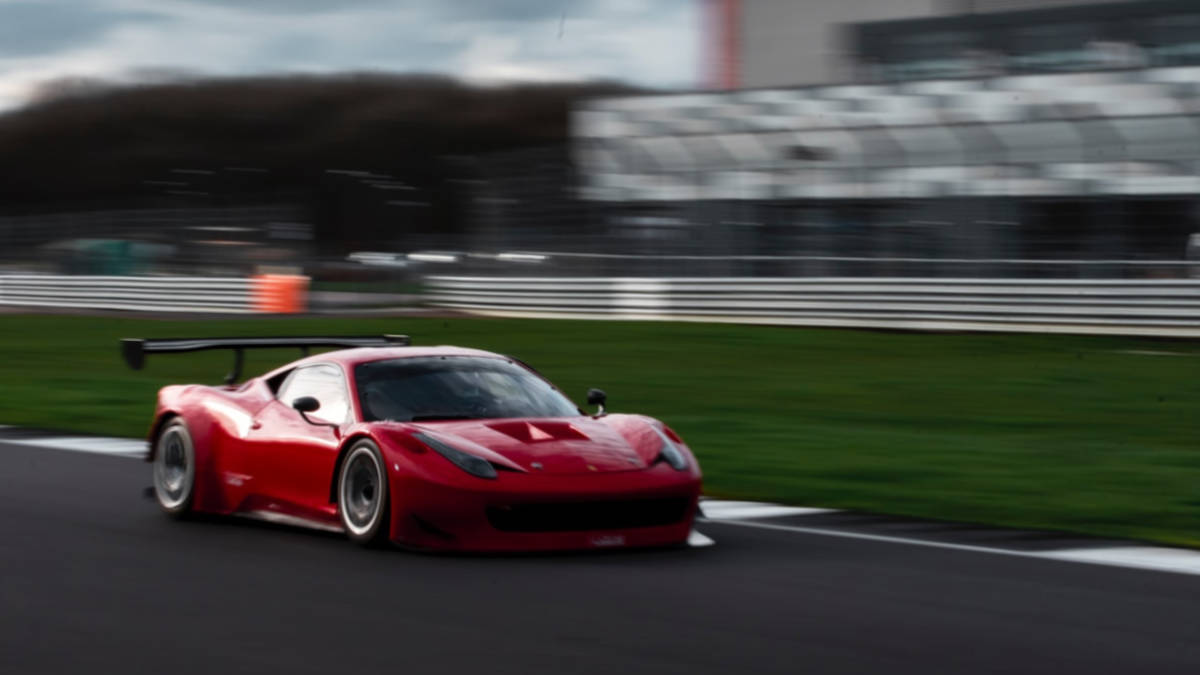‘Bring in the bulldozers’: Cynata’s CEO on how heavyweight FujiFilm will turbocharge its stem cells production

Pic: Getty
Stem cell therapy, sometimes called regenerative medicine, is one of the most exciting areas of the life sciences sector right now.
It has emerged as a promising alternative approach in many medicine specialties, with some even saying that it’s the medical innovation of the century.
In clinical studies, stem therapy has been shown to be effective against multiple diseases like diabetes, osteoathritis, and graft-versus-host disease (GvHD).
But despite the enormous amount of research being undertaken, the biggest problem still remains: how to produce these cell therapy products economically at a commercial scale.
ASX-listed Cynata Therapeutics (ASX:CYP) is one company that’s well ahead on sorting the problem out.
Cynata’s proprietary platform Cymerus uses a unique method that could produce the stem cells at scale, without having to use multiple donors and ensuring no loss of potency.
The company has just partnered with Japan-based, stem cell manufacturing heavyweight Fujifilm Cellular Dynamics to produce Cynata’s Cymerus therapeutic stem cell products.
“Partnering with FujiFilm is like migrating from picks and shovels to having big bulldozers and front-end loaders,” Cynata CEO, Dr Ross McDonald, told Stockhead today.
“And if you stay with the mining analogy, it’d be like discovering an iron ore reserve in Central Australia. But if you can’t get it out of the ground, there won’t be a lot of interest and use,” he continued.
Dr McDonald explained there are two approaches to using cell therapy, the autologous and the allogeneic approach.
The autologous approach is where the patient themselves serves as their own donor.
“This is obviously bespoke and inefficient, because the drug can only be manufactured for that one patient, and is obviously not an industrialised process,” he said.
But by taking an allogeneic approach, Cynata has the ability to start with a one time donation of cells from one single donor.
“We’ll never have to go back to that human donor ever again, so our process of producing cells has become a very much more typical industrialised process.”
An exciting pipeline ahead
Cynata was formed in October 2011 by two of the inventors of the Cymerus technology, in collaboration with famed Australian technology entrepreneur, Dr Ian Dixon.
Core patents underpinning Cynata’s Cymerus technology are owned by the Wisconsin Alumni Research Foundation (WARF), with Cynata being granted an exclusive worldwide licence to the relevant patents.
In 2013, Cynata was acquired by ASX-listed company called EcoQuest, subsequently changing its name to Cynata Therapeutics.
Since then, the company has progressed the use of the groundbreaking patent in multiple diseases and clinical trials.
Dr McDonald says that so far, Cynata has been able to make all the products it’s needed to carry out these trials, but he’s anticipated that at some point, the scale of manufacturing is going to have to be increased as it moves towards commercialisation.
The company’s pipeline for 2022 is quite stacked, with four concurrent clinical trials underway: osteoarthritis, respiratory diseases including COVID-19, diabetic foot ulcers, and graft-versus-host disease (GvHD).
Dr McDonald says the GvHD trial in particular marks a major shift, as it will take place in the US.
“The GvHD trial is a big deal for us in uplifting our product portfolio, and the maturation of that,” he said.
“Any company who moves forward in the US is usually a big de-risking event. And we see that as being a major value driver for Cynata.”
Cynata Therapeutics share price today:
UNLOCK INSIGHTS
Discover the untold stories of emerging ASX stocks.
Daily news and expert analysis, it's free to subscribe.
By proceeding, you confirm you understand that we handle personal information in accordance with our Privacy Policy.








